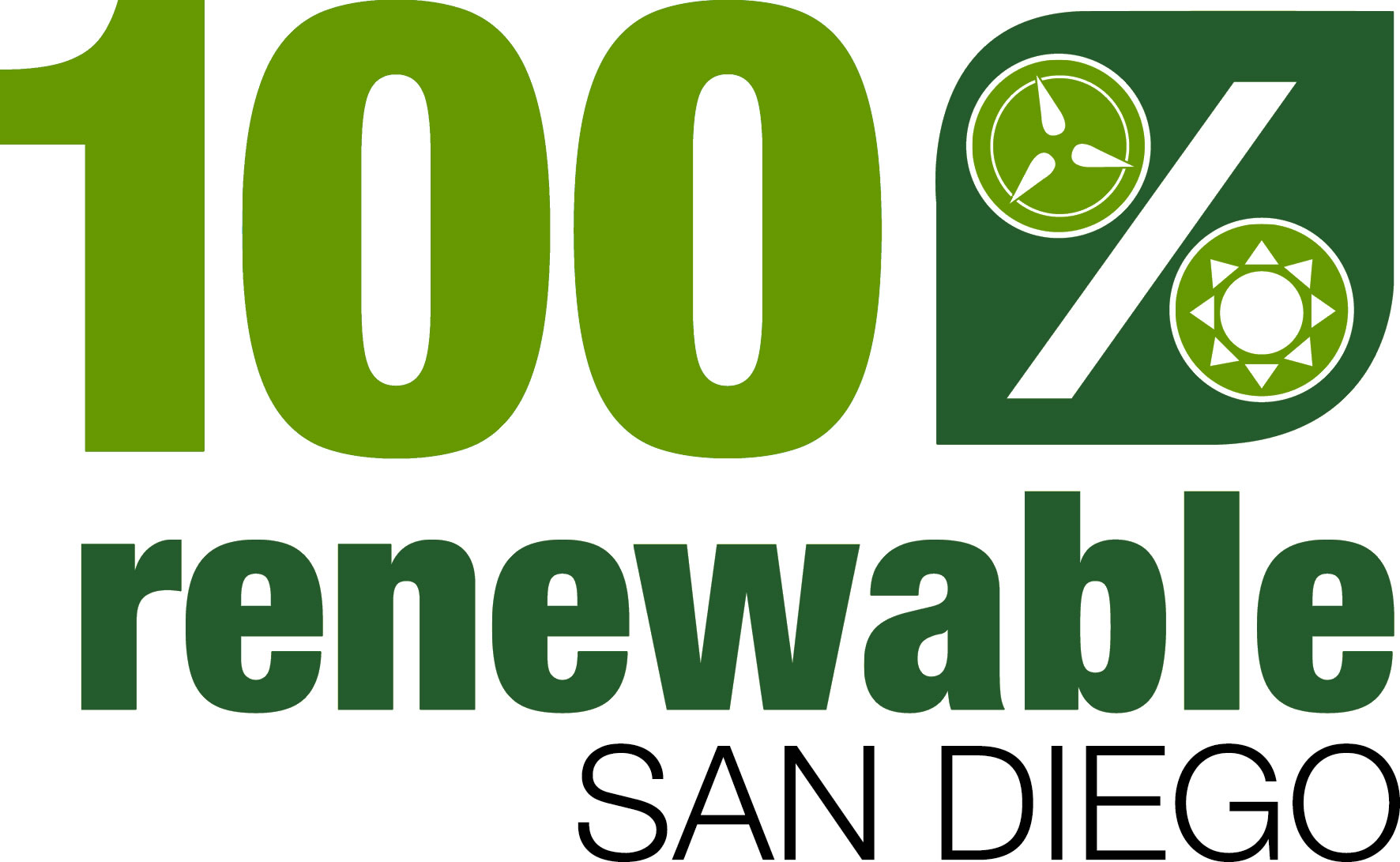
Taiwan to Expand Its Wind Power Capacity
Sep 28, 2007 - International Herald Tribune
Taiwan may spend more than 100 billion New Taiwan
dollars, or $3 billion, during the next three years
to increase wind power capacity tenfold and cut coal
and gas imports. "Renewable energy can help us reduce
dependence on overseas resources," Wang Yunn-ming,
the deputy director general of Taiwan's energy bureau,
said Thursday.
Wind may help curb use of coal and natural gas, which
currently each fuel about a third of Taiwan's power
generators.
The target of constructing turbines with a capacity
of 2,159 megawatts compared with 217.2 megawatts now
may prove overambitious, said an economist, Liang
Chi-yuan.
"There's a big question mark over whether Taiwan
can build so many wind turbines," said Liang, from
Academia Sinica in Taipei, the island's state research
institute.
"The best locations are already taken," Liang said.
Generating electricity from wind costs about 1.7
dollars for each kilowatt-hour, compared with the
average of 1.3 dollars in Taiwan, Wang said.
The state-run utility Taiwan Power pays wind turbine
operators 2 dollars per kilowatt-hour, he said. The
island imports all of its coal and more than 90 percent
of its gas needs.
"Wind power technology is the most mature among
renewables, and its costs are close to those of traditional
generation," he said.
The figure of more than 100 billion dollars will
include spending on Taiwan's first undersea electricity
cables to transmit power from offshore sites as far
away as the Penghu archipelago, about 45 kilometers,
or 28 miles, from the main island, Wang said.
Offshore turbine capacity may total 360 megawatts
by 2010, according to a report from the bureau.
That may eventually rise to 1,200 megawatts, Wang
said, without giving a time frame.
Wind farms, both those built on land and in the sea,
may account for about 5 percent of the total installed
capacity in Taiwan by 2010, he said. That compares
with 0.4 percent as of July, according to Taiwan Power.
This month the government started accepting applications
from private companies for building the first offshore
wind farm, citing difficulties in finding onshore
sites.
Permission for a total of 300 megawatts will be granted
within three years.
The government is promoting wind power because "we
have plentiful wind resources," Wang said.
The turbines on Taiwan are productive for as much
as 35 percent of the time, compared with 20 percent
in Germany, he said.
Waters along the island's western coast have "suitable"
sites for offshore wind farms, Wang said. Taiwan also
has companies that produce components for turbines,
including Formosa Heavy Industries and Teco Electric
& Machinery, he said.
Teco, based in Taipei, makes household appliances.
Formosa Heavy, also in Taipei, is a unit of Formosa
Plastics Group.
Wind power of 300 megawatts can replace the equivalent
of 250,000 kiloliters, or 1.57 million barrels, of
oil and cut emissions of more than 620,000 metric
tons of greenhouse gases a year, according to the
bureau.
Taiwan accounted for 1 percent of global carbon
dioxide emissions in 2004.
Another reason for the government to push for wind
power is to improve "energy security," Wang said.
Taiwan Power, which produces about 75 percent of
the island's electricity and monopolizes transmission
in Taiwan, suspended a plan to build a coal-fired
station in June after a government panel recommended
dropping the project because of concerns the plant
will increase carbon dioxide emissions.
Without new coal plants the island may see its backup
capacity slip to almost zero by 2015, Tu Yueh-yuan,
Taiwan Power's chief engineer, said in April.
Originally published by Bloomberg News.
(c) 2007 International Herald Tribune. Provided by
ProQuest Information and Learning. All rights Reserved.

|


